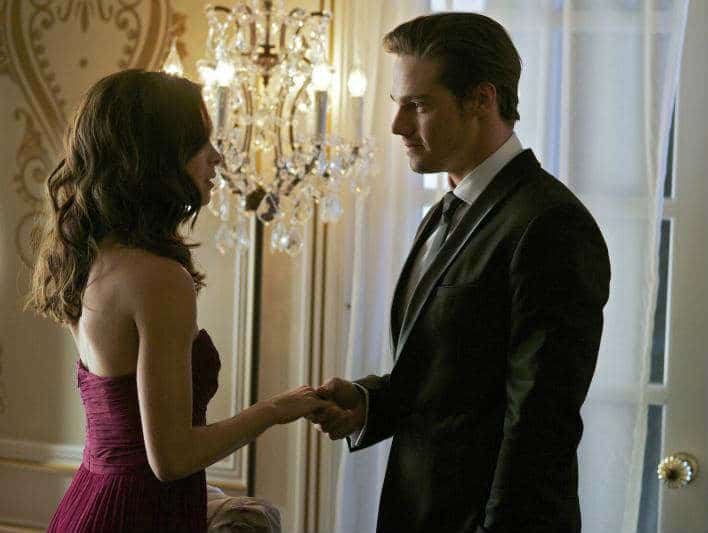
Photo: CW
THE SHOW: Beauty and the Beast
THE PAIRING: Catherine Chandler (Kristin Kreuk) and Vincent Keller (Jay Ryan)
THE EPISODE: Season 1, episode 9: “Bridesmaid Up.”
THE CLASSIC MOMENT: Vincent beasts out to try and save Catherine after she has been shot.
WRITER: Sherri Cooper and Jennifer Levin
When I first heard over a year ago the CW was remaking the cult ’80s series Beauty and the Beast, I was wary. But when I heard Ron Koslow, the creator of the ’80s show and also co-creator of the similarly themed Moonlight had joined the new series as an executive producer, how could I not be excited?
Why do we, as an audience, find it romantic that a woman can see beauty in a beast?
There was also another question looming in the air: Why now? And why out of all the fairy tales, Beauty and the Beast? It’s intriguing that another pilot about “Beauty and the Beast” had been in development last year as well ( only not to be picked up) and then, of course, there is the film version by director Guillermo del Toro still in pre-production stages (hopefully it will happen sooner rather than later) as well.
Even Once Upon A Time has their own version of the story with Rumplestiltskin also playing the Beast. So what is it about this timeless tale that continues to speak to us so that we desire retelling it time and time again? Why do we, as an audience, find it romantic that a woman can see beauty in a beast? And what does even being a beast in modern-day mean?
Beauty and the Beast Meaning
In The Meanings of Beauty and the Beast, Jerry Griswold claims that “the fairy tale that has most spoken to us” recently “seems to be ‘Beauty and the Beast”’ (18). But what is it about this story that continues to captivate us? Marina Warner argues, in From the Beast to the Blonde: On Fairy Tales and their Teller, that “Such a divine erotic beast as the hero of the popular fairy tale has offered writers and other artists … a figure of masculine desire, and the plot in which he moves presents a blueprint for the channeling of erotic energy – both male and female – in society at any one time” (274).
RELATED: Check out my article about why I think people love vampires.
Desiring the beast then can represent our own sexual yearnings safely below the surface; however, the tale is also about Beauty’s agency to love a Beast. The entire story, including the Beast’s transformation into a Prince, his redemption, depends solely on Beauty’s choice to love a monster back and that is compelling. While Beauty’s agency reveals a story of feminine empowerment, it also represents Beauty’s own sexuality and passion when she is drawn to the Beast’s wild nature. So, does the CW’s version or retelling of this tale hold up to this analysis?
Yes. The love between Catherine Chandler, a New York cop with emotional walls, and Vincent Keller, an ex-soldier and Doctor who had been turned into a Beast as a part of a government experiment, maintains the elements of the tale needed to remain true to the archetype, present as far back as “Cupid and Psyche” with the issue of sexuality evolving into the first literary version of the story, “Beauty and the Beast” in the 1700s by Madame Gabrielle de Villeneuve where it becomes about Beauty’s agency to love a Beast (still intermingled with underlying sexuality).
The Evolution
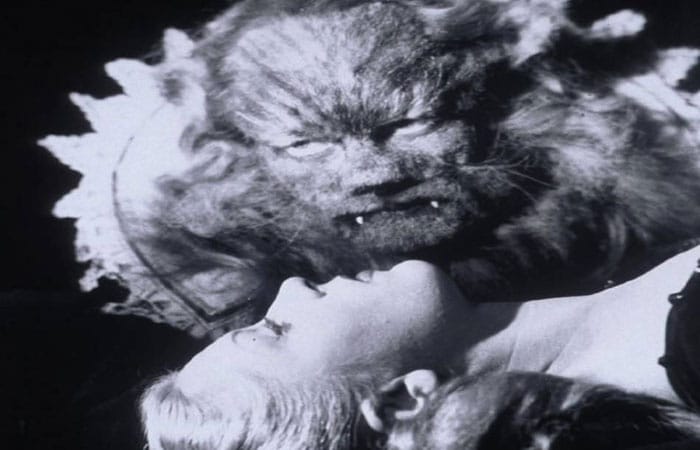
Photo: DisCina
Over two hundred years later, a film called La Belle et La Bete by French director Jean Cocteau emerged. The cultural differences in time certainly play out in this version. As Betsy Hearne analyzed the different retellings of Beauty and the Beast between 1900 and 1950, she noticed how versions like Cocteau’s film demonstrate an absence of “heavy…moralizing,” previously present in Villeneuve’s story and Beaumont’s shortened retelling (Beauty and the Beast: Visions and Revisions of an Old Tale 89).
Another major shift is that the Beast, who before was mostly a beast in costume, becomes an actual beast, a killer. He does not want to be a beast yet his nature demands beast like actions. For example, each time the Beast kills, his hands smoke. So the audience sees it. Belle sees it. Similar to our present day Beast (Vincent), the beast can long for redemption because he feels guilt over his monstrous nature. Can Beauty (Catherine) still see goodness in this kind of beast?
Twilight, Edward Scissorhands, and Phantom of the Opera all echo the familiar tale and themes.
As the story of Beauty and the Beast enters into the 21st century, the change is quite drastic. The beast no longer needs to always lose his beast form; instead, a beast can be physically attractive and sexy like Vincent Keller played by the gorgeous Jay Ryan. The beast is dangerous and even more tempting and magnetic than Cocteau’s Beast.
In addition, Beauty and the Beast stories do not need to follow the exact story of Villeneuve’s literary version. Griswold claims that “echoes of ‘Beauty and the Beast’ can be seen in all its story cousins that tell tales about quasi-humans whether they be werewolves” or even “vampires” (19). Twilight, Edward Scissorhands, and Phantom of the Opera all echo the familiar tale and themes. Beauty still almost always sees goodness in the beast and chooses to love him despite his monstrosity.
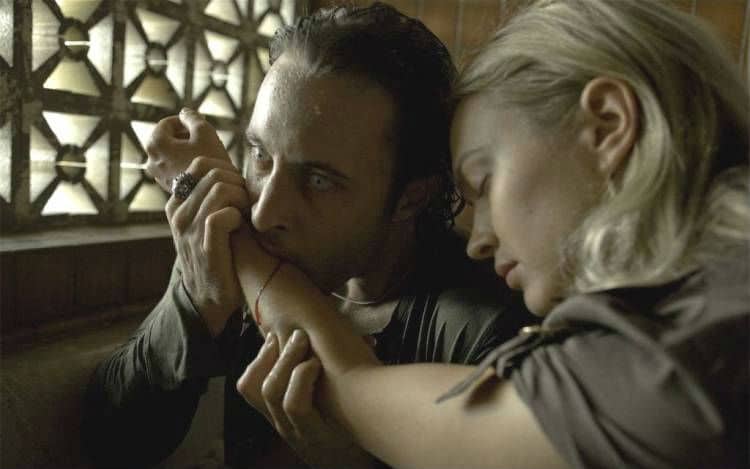
Photo: CBS
In one of the lesser known vampire television shows Moonlight, Ron Koslow and Trevor Munson tell a love story between a vampire Mick (who does not wish to be a vampire) and the mortal human Beth he protects. Mick is inhuman and a charismatic supernatural monster. Warner claims “the wild man has come into his own as an ideal. The evolution of the Beast in fairy tale… [illustrates] this profound shift in cultural values as well as sexual expectations” (317).
This is a major cultural change because the beast has now become the beast within. The Beast can commit atrocious acts of violence but despite his monstrosities, he is redeemable and good. We can root for him and desire him more fully as this “ideal.” When Beth, the Beauty character discovers Mick is a vampire, she, like Catherine in Koslow’s Beauty and the Beast, “likes him just as he is” (Warner 312). That much can still be said for Catherine Chandler in Jennifer Levin and Sherri Cooper’s version of the tale.
The Build Up
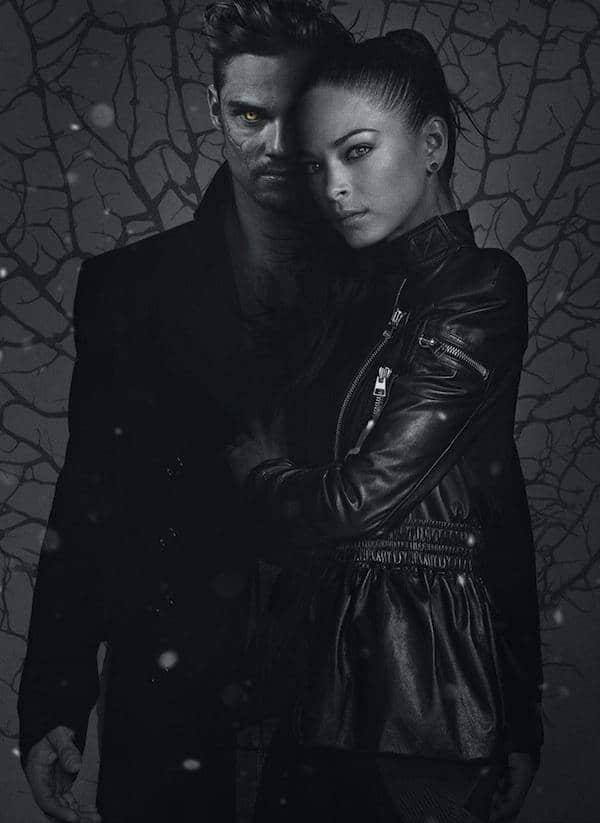
Photo: CW
We, the audience should feel disappointed when the Beast is gone because he is so magnetic and alluring in his beastly form
Why this long introduction and background to the archetype of Beauty and the Beast (and trust me I could go on for ages)? I find to fully examine my selected ‘classic’ romantic moment, I needed to capture and scrutinize what makes the story, the archetype, in fact romantic. Now, most people might choose a different moment between Catherine and Vincent, like say them consummating their relationship or Vincent sending his dance gram for Valentine’s Day. But that is not (to me anyway) what makes the romance between the two unique and extraordinary. No, like Beauty, I want the Beast. I like the Beast. I find him fascinating and grandly romantic. We, the audience should feel disappointed when the Beast is gone because he is so magnetic and alluring in his beastly form. Of course, then, my romantic moment would have to be one of the times Vincent transforms into the Beast.
I go as far back as my favorite episode in season one, “Bridesmaid Up.” Everything about this episode worked romantically. Like Angel at Buffy’s prom, Vincent’s arrival to Catherine’s father’s wedding is like an entrance by a Knight in Shining Armor, saving her with a dance in the midst of her dateless evening. The gesture, particularly because his coming is dangerous to his own life, is just one moment that stands out. But, for me, it isn’t nearly as romantic as what comes next.
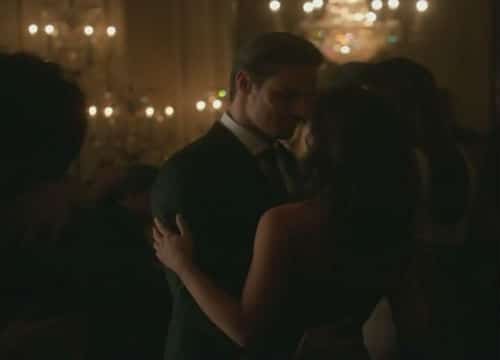
Photo: CW
The Romantic Moment
Soon after their dance, Vincent and Catherine learn that his DNA is changing and transforming more animal-like than before. As Catherine says, “becoming less human.” This causes Vincent to create distance again and leave, struggling with the idea of becoming even more beastly and Catherine lets him go, the idea of a normal relationship shattered.
But this is one of the times she must be tested as is often the case with the different Beauties (such as Beauty spending too much time with her family and returning late to the Beast who lay dying without her). Here, Catherine must represent the archetype of Beauty, she must choose to love the beast, exercising her agency. And she does. In the midst of her speech to her father and new bride, Catherine has an epiphany of her feelings and runs out to find her Beast with urgency.
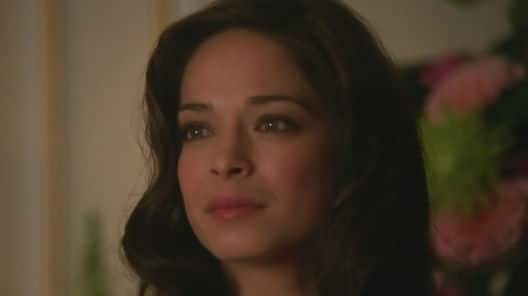
Photo: CW
Once in Heather’s car, Catherine calls Vincent’s phone but to no avail, the suspense building as the episode begins to reach its end.

Photo: CW
And then, Sabrina Meyer (Rena Sofer) as the villain of the week crashes into Catherine’s car out of revenge. The car spins out of control and Sabrina exits her own, approaching Catherine, expensive heels and all.
SABRINA: How was the wedding without a date?
CATHERINE (in pain from the accident): Sabrina…
SABRINA: Not so good? (PAUSE). You ruined my happy ever after.
Sabrina raises a gun and points it at Catherine.
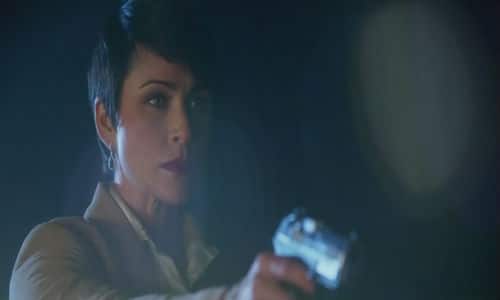
SABRINA: I’m going to ruin yours.
The two women shoot each other at the same time (after Sabrina’s fabulously campy speech) but Catherine is now out on the road alone without help. THAT IS until Vincent appears out of thin air to save her. And, we finally arrive at what I consider to be the most romantic moment of the entire show thus far (including the remainder of the season). Vincent calls out Catherine’s name and reaches the car door. He pulls with all his strength but it isn’t enough and in beastly rage, he transforms into the magnificent beast and pulls the door off like it was nothing. Once he is the Beast, he screams like an animal in pain.

Photo: CW
He then lifts her into his arms, still in Beast form. He holds her (as she has now blacked out) with tenderness and love.
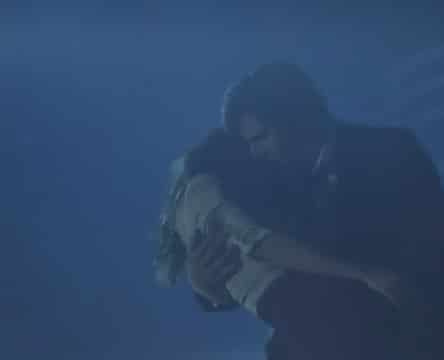
Photo: CW
As she lay dying in his arms, Evan and Heather arrive at the scene from a distance. Not knowing what to do (and knowing he cannot be seen as this monstrous creature), Vincent looks back and forth between the approaching lights and his precious Catherine. Then the episode ends on a cliffhanger.
Why above all else does this moment stand out? Because Vincent cares about Catherine so much that it awakens the beast within to become the beast without, all in the name to save his beloved, to hold the woman he loves in his arms.
Also, who doesn’t appreciate a nice carry scene (loved the one in “Playing with Fire” as well)? Every once in a while, I like the hero to hold the heroine in his arms because it reveals vulnerable emotions in the hero or dark hero for that matter; it reveals to the audience the feelings of the character. Furthermore, this particular scene allows us as the audience to be drawn and compelled by the wild nature of the Beast. We, as Beauty and Catherine can choose to love a monster. And perhaps, just perhaps that means there is a chance these two can find their own happily ever after.
What did you think of season one of Beauty and the Beast? Did you find this moment romantic? Excited for season 2? Sound off below…
ATTENTION ROMANCE LOVERS! Have a romantic tip for our Romantic Moment of the Week column? Send us a message. We can't watch or read everything out there and would love to know of other wonderful romantic moments - especially recent ones! We'll then take the moment into consideration. If you love to write, you can also pitch it to us as a guest post. Contact us HERE.
ARE YOU A ROMANCE FAN? FOLLOW THE SILVER PETTICOAT REVIEW:
 Our romance-themed entertainment site is on a mission to help you find the best period dramas, romance movies, TV shows, and books. Other topics include Jane Austen, Classic Hollywood, TV Couples, Fairy Tales, Romantic Living, Romanticism, and more. We’re damsels not in distress fighting for the all-new optimistic Romantic Revolution. Join us and subscribe. For more information, see our About, Old-Fashioned Romance 101, Modern Romanticism 101, and Romantic Living 101.
Our romance-themed entertainment site is on a mission to help you find the best period dramas, romance movies, TV shows, and books. Other topics include Jane Austen, Classic Hollywood, TV Couples, Fairy Tales, Romantic Living, Romanticism, and more. We’re damsels not in distress fighting for the all-new optimistic Romantic Revolution. Join us and subscribe. For more information, see our About, Old-Fashioned Romance 101, Modern Romanticism 101, and Romantic Living 101.

I just love to come across well informed, educated articles like this one. It makes me so mad when people talk about television as some form of “mindless entertainment” when it can be so much more. In my eyes TV is a form of art with links and references to literature, folk tales, personal experiences and so much more. So I loved reading this analysis of the classic tale of BATB, it reflected so many of the reasons I love the CW version (and why I think it is such an underrated show). Great read.
Thank you and I completely agree. We should look at television as art (though some succeed more than others) and analyze how they connect to literature, folk tales, etc. I love looking at the art of storytelling.
I admit, i’m not an artistic or “cultured” person. not the time who knows how to appreciate art or that kind of stuff but I love your interpretation of this particular moment. yes, i love it when Vincent appeared, the dance, Catherine’s speech and my heart ached when the Beast roared after he managed to rip the car door. by i couldn’t quite put it in words why i felt the way i did. Reading your write-up sort of explains everything. Thanks